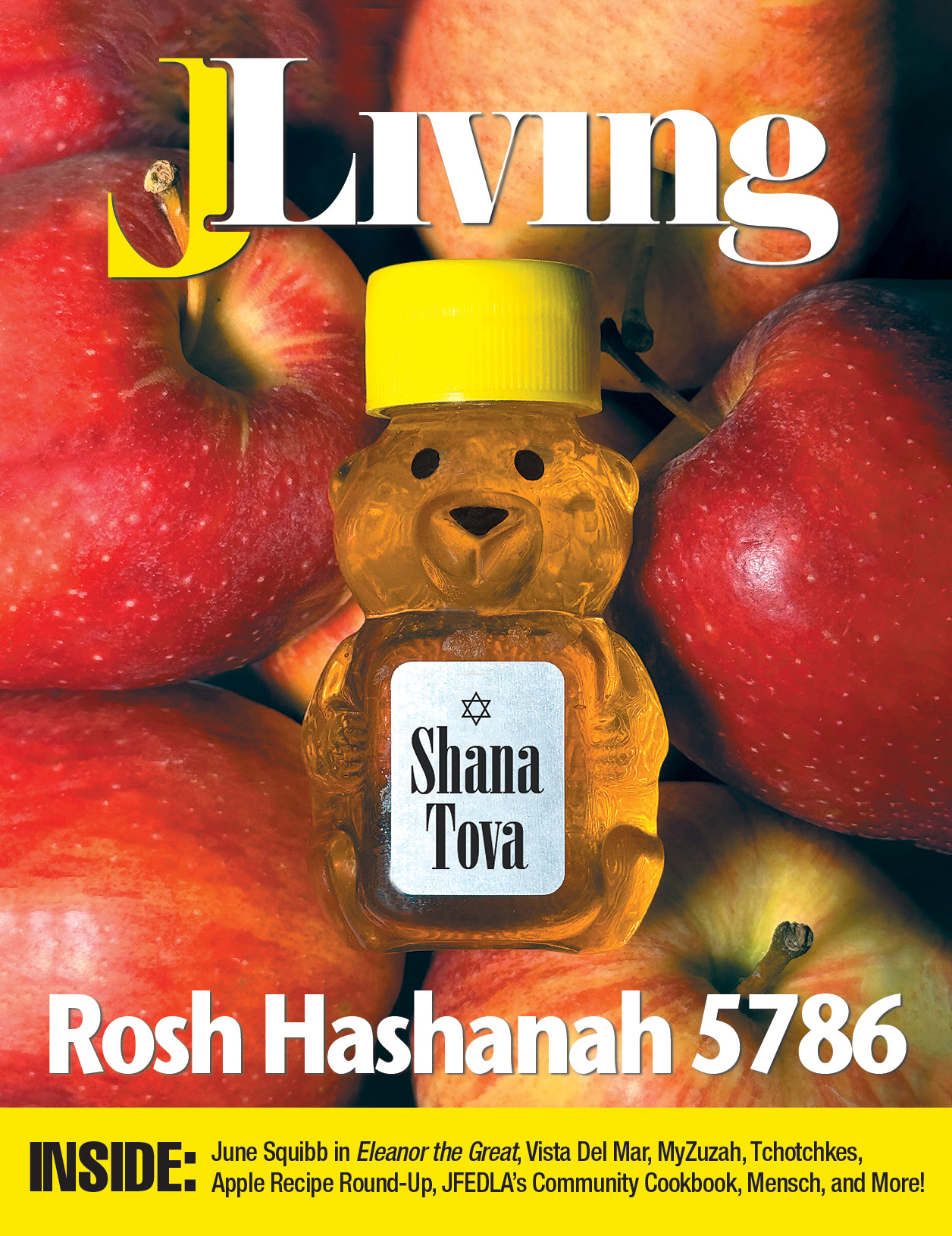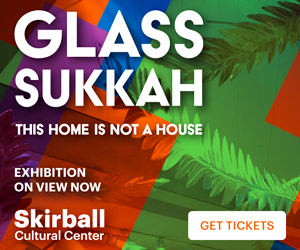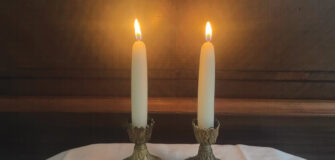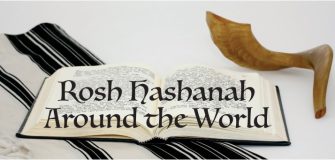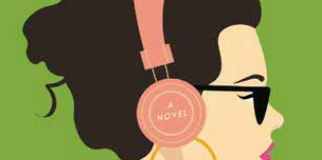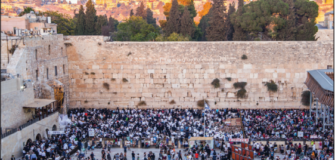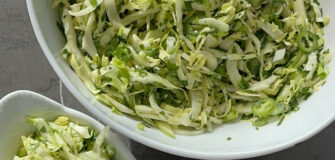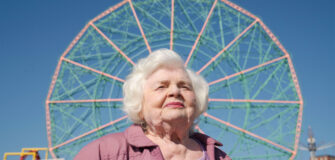Mishegoss – Mahjong
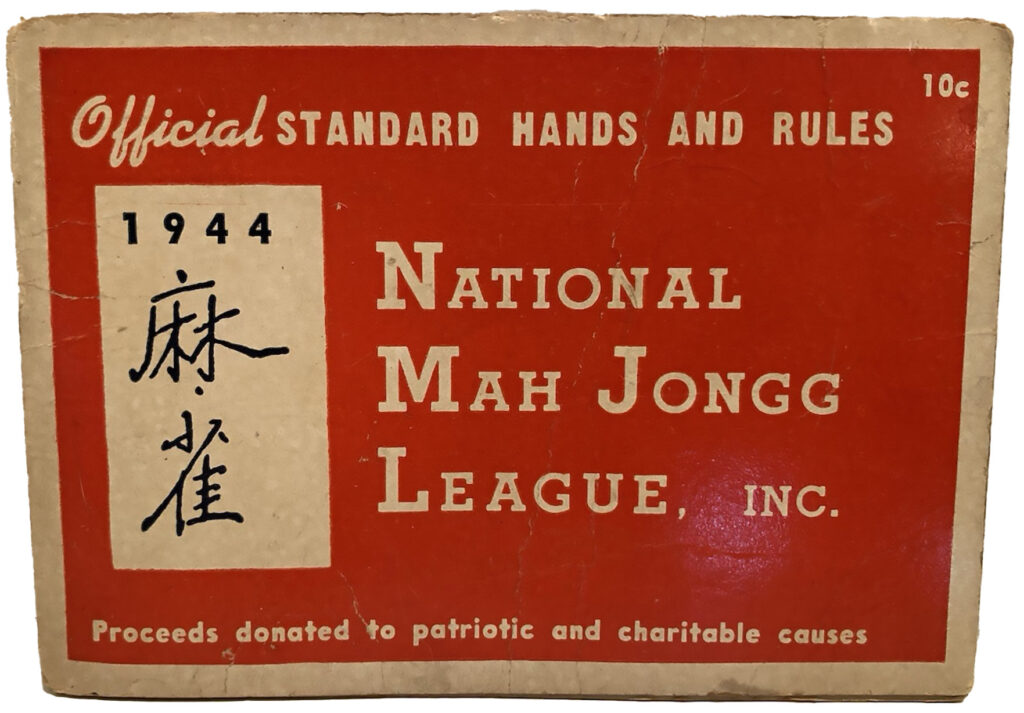
Is Mahjong Jewish?
Mahjong may not have Jewish roots, but it has become a cherished part of Jewish-American culture. The connection began in the 1920s, when Jewish women in urban areas started embracing the game. In 1937, a group of Jewish women founded the National Mah Jongg League (NMJL), which played a key role in popularizing a uniquely American version of the game. Their version, called “National Mah Jongg,” features a faster pace and simplified rules compared to the traditional Chinese game that was invented in Shanghai in the 19th century. The game was so adopted that many believed the name mahjong was a Yiddish word.
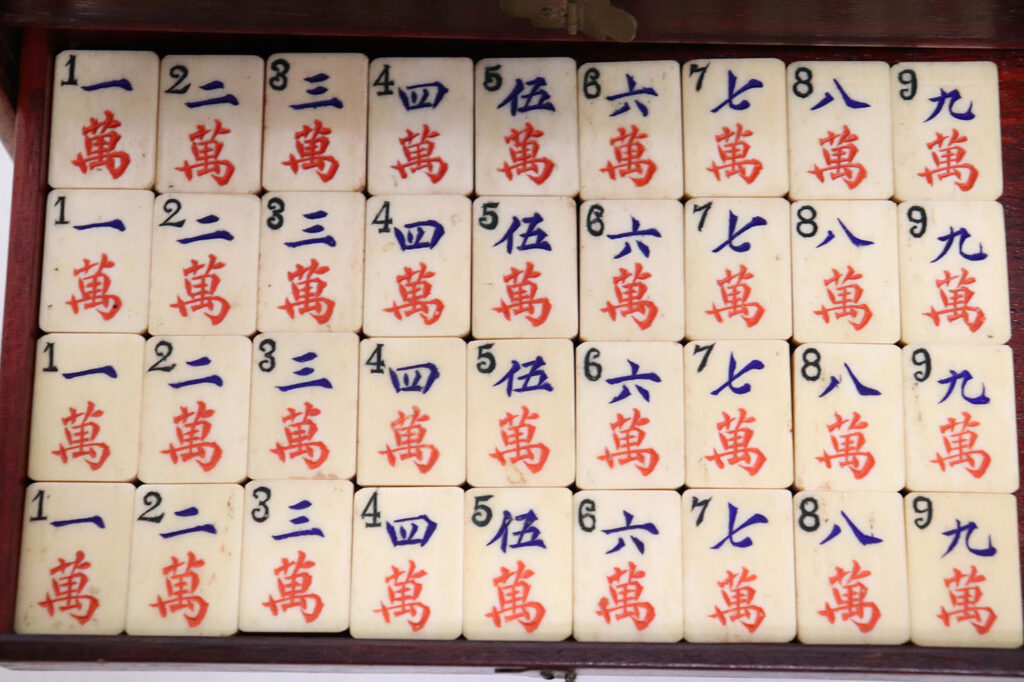
The Bust in Altamonte Springs
This year marks the 10-year anniversary of the Great Florida Mahjong Bust. Lee Delnick, Bernice Diamond, Helen Greenspan and Zelda King (ages ranging from 87-95) were partaking in their weekly mahjong game in an Escondido condominium clubhouse when they were shut down by the Altamonte Springs Police Department.
Cited for a law against playing mahjong for money, the clubhouse was closed down. Altamonte police spokesman Lt. Robert Pelton defended his department’s actions, specifying that while mahjong itself is legal, the real issue was with the “other gambling activities happening in the clubhouse. “Roulette,” Pelton said. “It was the roulette tables that were making it illegal.”
Lt. Pelton said the story got blown out of proportion due to a neighborhood feud, and the police got caught in the media crossfire. “They were upset because some neighbors called the police, and then we got called out to be the bad guys, but by no means is that true,” he said. “It’s a small community, a retirement community, and not all of the neighbors get along. For us, it wasn’t that we were going out there to make arrests and charge people having a good time.”
What no one was debating was that the real question was who snitched? And Zelda thought it was the “troublemaker” who lived in Building 11.
How Do You Spell It?
“Mahjong” is most commonly a single word in English, but variations like “Mah Jongg” (two words with a capital ‘M’ and ‘J’) and “mahjongg” (hyphenated) also exist due to its transliterated nature. While the single-word “mahjong” is the most general and inclusive spelling for the worldwide game, “Mah Jongg” is used to refer to the specific American style of the game, especially by the National Mah Jongg League.
A Commitment to Charity
Each year, the NMJL publishes a card featuring that year’s winning tile combinations and official rules. From the very beginning, a portion of the proceeds from card sales has been donated to charitable causes.
One theory behind the strong connection between Jewish culture and mahjong is rooted in philanthropy. Synagogue sisterhoods and Hadassah chapters often sold these NMJL rule cards and benefited from the league’s charitable donations. To boost interest and participation, these groups also took on the role of teachers, introducing the game to others and helping to build a vibrant mahjong community grounded in social connection and giving back.
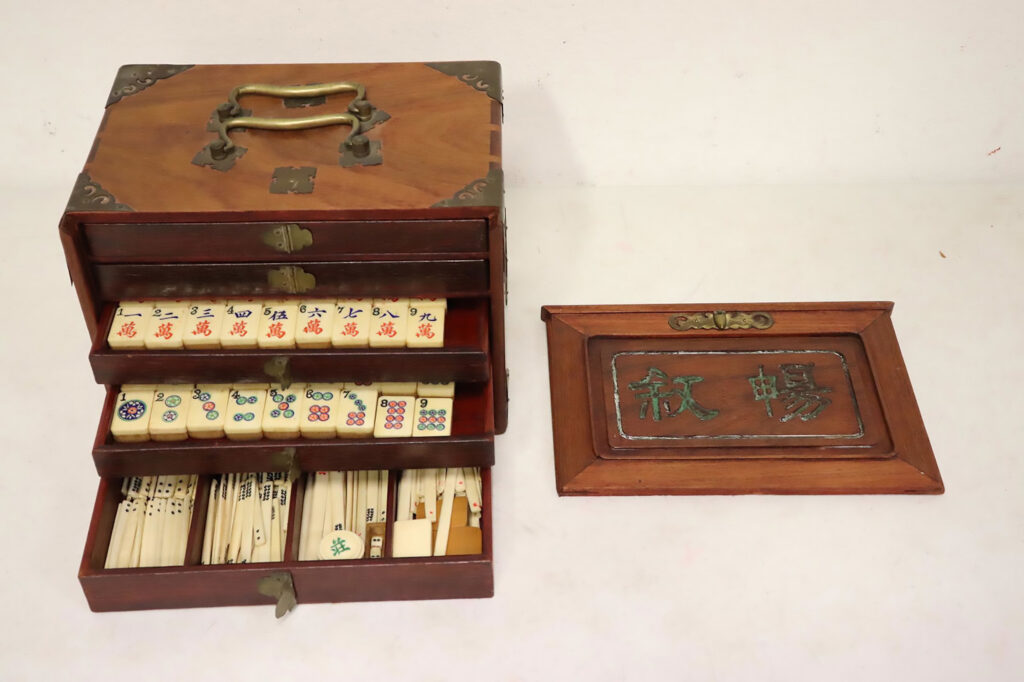
Abercrombie & Fitch
In the 1920s, Abercrombie & Fitch was already renowned as an outfitter to the sporting elite, having equipped Theodore Roosevelt for his African safari. But that decade, the company also became the epicenter of America’s burgeoning mahjong craze (and a discreet spot in New York to sidestep Prohibition by purchasing a hip flask).
The craze began when a female customer asked Ezra Fitch for a game she had played in China. Intrigued, Fitch traveled there, imported the sets and translated the instructions into English. By 1923, mahjong had reached its global peak as $1.5 million worth of sets were exported from Shanghai, and the game ranked sixth on the USA import list.

